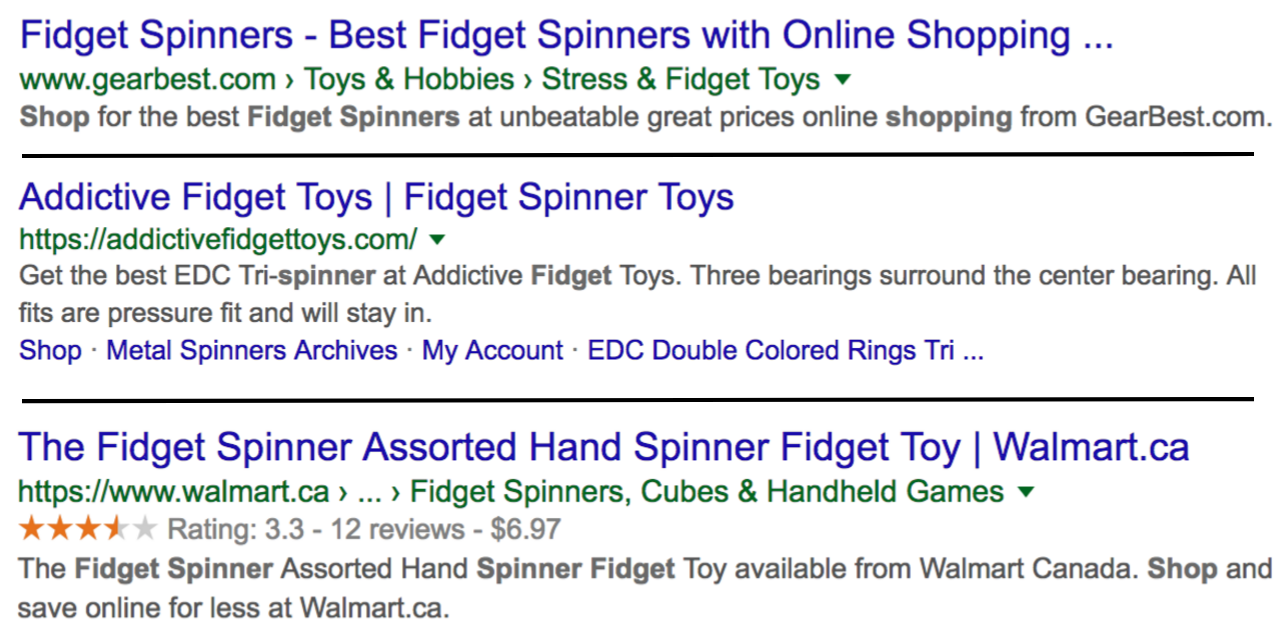Investing for Non-Investors
The first job I ever had was a paper route. I had about 33 houses on my route, and made about $25/mth. Say what you may, but in elementary school, this was an enormous amount of cash. I could buy pizza in class for $1.50/slice and occasionally splurge on Yu-Gi-Oh cards.
Unfortunately, my dad caught on to my spending habits, and gave the most sound investing advice you can give to an 11-year-old: put it in the bank. Safe to say, had I put those meager dollars into Bitcoin back in 2008... Well, we'll get into that later.
In my personal opinion, a savings account is a bit of a hoax for students. It gives you the allure that you're saving money, since it isn't easily accessible like a chequing account or cash, and makes you think you're "investing" since the interest rate is slightly higher — approximately 0.1% depending on your bank.
Although I've stressed in past articles that I'm far from a math major, the economics classes I did take in high school taught me that inflation was around 1% to 2% annually. So in reality, by keeping my money in a savings account, I was losing money.
Coming of age
I was left powerless at this realization throughout high school, as you needed to be 18 to open an investing account. Eventually, entering university I forgot about it — I come from a fairly frugal household, so saving money came quite naturally and there was never a need to invest.
Regardless, I was fortunate enough to have a good friend who worked part-time as a bank teller and told me the advantages of building credit early. Even something as small as only paying your phone bill (on-time) via a credit card for a year can make a huge difference to your credit score if you're starting at ground zero.
It was more of a coincidence that I opened an investing account around the same time, although it wasn't until a few months later that I actually started to use it. As a non-investor and someone that wasn't innately interested in finance, taking money out of a savings account and throwing it into "the markets" was daunting.
For starters (and if I'm being honest), I knew absolutely nothing about financial markets. Despite appearing business-savvy, I couldn't tell you what exactly a mutual fund did, or an ETF — hell, even bonds were reasonably confusing (am I investing in the government?). So where do you start?
Understand your tolerance
The biggest step I made in my approach to investing was understanding my risk tolerance. Basically, if you're in your mid-30s with a spouse and two kids, along with consistent credit card debt and no savings, then your risk tolerance would be quite low. This meaning, if you invested money and lost it, it would probably have a significant impact on your life. For me, I was a student and saved fairly well, so I wasn't too concerned about losing the money I was planning to invest.
The second part of risk tolerance that I considered was liquidity. Even if your current economic status is not fragile, you still need to consider your short-term goals and what you will need money for. In the last scenario, locking up even a small sum of money for a few months in the markets could be chaotic. Again, in my scenario I didn't need an incredible amount of liquidity in the near-future (2-3 years) since both my parents and I had saved reasonably well.
What I avoided
Before I dive into my approach to investing as a non-investor, I thought I'd shed some light on what I avoided, as a non-investor:
Automated investing
If you have no interest in investing whatsoever, but still want to reap some level of reward from it, automated investing platforms like Wealthsimple can be a great option. You can select your risk tolerance (among other things), and they'll choose portfolios to invest your money into.
For me personally, I wanted to see what I was investing in. If I put money into a company and lost it, I at least wanted the ability to look at that company with disdain for the foreseeable future. The challenge with platforms like Wealthsimple, is that you really can't do this because you don't really know what they're investing in.
Mutual Funds
A mutual fund is a portfolio that is actively managed by investment professionals, and aims to beat the market. There are two challenges with mutual funds that turned me off from them. The first challenge with mutual funds was that aiming to beat the market can often go the other way (underperforming). So similar to automated investing, I had little autonomy / responsibility for the money that was being invested. The second challenge with mutual funds was that the fees on mutual funds are significantly higher than trading by yourself, or even an index fund.
Picking stocks
My approach to investing was to pick companies that I both (A) understood and (B) believed in. I'll be honest in saying I didn't scrutinize their 10k reports, balance sheet, and other financials because my understanding of them wouldn't have had a significant impact on my investing decision anyways. The other reason for this is that I lean towards long-term investing (2-3 years), so how the company is currently doing isn't as important to me as their vision and track record for success.
The easiest example of this (and my first investment) was Shopify. I interned there in Summer 2016 and was instantly impressed by everything they were doing — the industry (e-commerce), their various product offerings, and their plans for the future. There was skepticism (and still is) around the business model, leadership, and potential to grow. But that was when the stock was at $45 — it's now at $170.
The second example of this is Amazon. Similar to Shopify, I was impressed by their track record of growth, and sheer dominance in a number of industries (e-commerce, AWS, etc). I believed (and still do) in them long-term, and was confident that Amazon in 4-5 years would be an even bigger force to be reckoned with than it was a year ago.
Of course, there are exceptions to this rule. Investing in either Twitter or Groupon 2-3 years ago would have been a terrible idea, as you would have lost 35% or 32% respectively. And if I was in that boat, and had evaluated the model of Twitter / Groupon in 2015 and truly believed in what both their businesses were doing, I would be jaded but ultimately okay with that investing decision.
Hedging your risk
Of course, I know that there's a reasonable chance that both Shopify and Amazon could go under, or lose a significant portion of their value, at any time. The probability, however, of the market as a whole losing a ton of value is lower. Obviously not impossible — I'd be surprised if there were 2008 Recession deniers just as there are Flat Earthers — but less likely by a fair margin.
So my response to this was investing in index funds. These are essentially portfolios with (reasonably) low fees that aim to match the returns of the market. With the exception of the dotcom bubble (2000-2003) and the housing crisis (2008-2009), the S&P 500 has been up consistently each year. Reverting to my initial story about inflation, the S&P 500 is up about 12.5% in the last year, which beats inflation by a huge margin, not to mention any rate a savings account would offer. Therefore, my mentality was that by adding index funds to my portfolio, I'd be hedging against some of the potential risk that comes with investing in individual stocks / corporations.
Volatile investments
I have to admit that not all of my investment decisions have been as sound as they should've been. The most recent example of that is the hype surrounding cryptocurrency. I bought into Bitcoin and Ethereum, two of the most popular types of cryptocurrency with the highest market cap, back in November and saw incredible returns. I also invested in a number of "alt-coins"; significantly smaller types of cryptocurrency focused around different problems, many being payment transactions but others involving online gambling (FunFair), Internet of Things (IOTA), and even processing power (Golem).
I made a crucial mistake with cryptocurrency, mainly because I was investing in something I really didn't understand. Sure the vision sounded intriguing, but the vast majority of cryptocurrency projects are in their very early stages, many without even a working prototype of an idea that is backed by millions of dollars. The only thing I did right with cryptocurrency, and the advice I'd pass to anyone interested, is only invest what you're willing to lose. I've been both up and down by ~ 50% in the last few months, but either way, I'm not going to lose my house if crypto goes under.
Conclusion
My investment journey has been an exciting one, and I'm glad I embarked on it. If you take anything from this post, it's that savings accounts are not a sufficient investment, and everyone who doesn't have a very low risk tolerance or need immediate liquidity should consider entering the markets.
As a final disclaimer (if it wasn't clear already), I really know nothing about the financial markets and am speaking purely from personal experience. So if you decide to invest and lose... ¯\_(ツ)_/¯.






























































